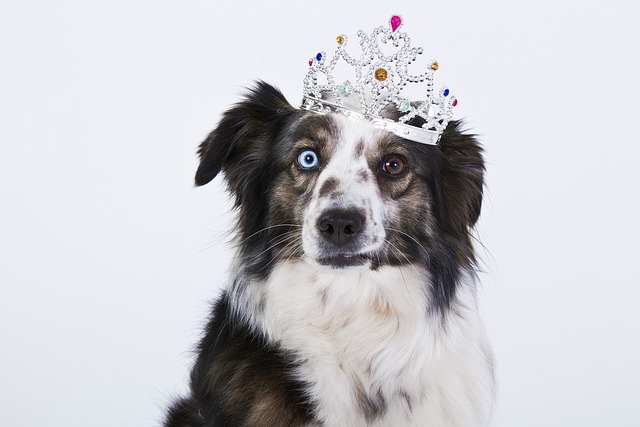
What do groomers use for shedding
When Sarah first brought home her golden retriever, she spent weekends vacuuming piles of fur from her couch—and found herself picking strands out of her coffee mug more often than she’d like.
You’re out for a stroll with your dog, excited for some fresh air, when suddenly they leap up at a passing jogger. Mortified, you apologize profusely while wondering: Why does my dog jump at people on walks? This is a common headache for many American dog owners, but understanding the reasons behind this behavior is the first step to curbing it.
Dogs jump at people primarily as a form of communication. In a pack, young dogs jump up to greet older members, seeking attention and interaction. When your dog jumps on people during walks, they might be trying to say hello, show excitement, or even ask for treats. Some dogs do it out of frustration—if they’re not getting enough physical or mental stimulation, jumping becomes an outlet for their pent - up energy. From a behavioral perspective, if your dog has ever been rewarded with attention or treats after jumping, they’ve learned that this action gets them what they want, reinforcing the behavior.
The key to stopping this unwanted behavior lies in consistent training and redirection. The next time your dog starts to jump at someone, immediately turn your back and ignore them. Avoid making eye contact or speaking to your dog until all four paws are back on the ground. Once they’re calm, praise them with a cheerful “good dog!” and offer a small treat. You can also teach your dog an alternative behavior, like sitting politely to greet people. Before going on walks, practice the “sit” command at home with plenty of treats and praise. Then, when you encounter someone on the walk, ask your dog to sit and reward them when they do.
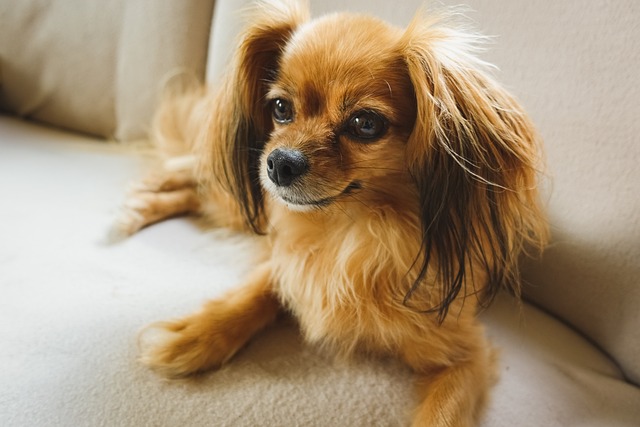
Consistency is crucial in this training process. Everyone in your household, as well as any dog walkers or pet sitters, should use the same approach. Short, daily training sessions are more effective than sporadic, long ones. Consider using a no - pull harness during walks, which gives you better control and discourages jumping by making it uncomfortable for your dog to lunge forward.
In the American pet - owning landscape, there are important compliance and care aspects to consider. Just as rabies vaccinations are legally required in most states to protect public health, training your dog to behave appropriately in public spaces is essential. A dog that jumps at people can be a safety hazard, potentially knocking over children or the elderly, and may lead to fines or complaints in some communities. When training your dog, always avoid physical punishment. Hitting, pushing, or jerking the leash not only goes against animal welfare values but can also make your dog fearful or more aggressive. Instead, focus on positive reinforcement, using treats, praise, and play to encourage good behavior.
For apartment dwellers, limited space can contribute to a dog’s pent - up energy, increasing the likelihood of jumping. Make sure your dog gets enough exercise, perhaps through indoor games or short, brisk walks. When walking in shared areas like hallways or elevators, keep your dog close and be prepared to intervene if they show signs of excitement. And as always, follow community etiquette by cleaning up after your dog promptly to avoid fines and maintain a clean environment for everyone.
Understanding why your dog jumps at people on walks is the foundation for change. By using positive training methods, being consistent, and following local pet - care norms, you can teach your dog more appropriate ways to greet others, making walks enjoyable and stress - free for everyone involved.

When Sarah first brought home her golden retriever, she spent weekends vacuuming piles of fur from her couch—and found herself picking strands out of her coffee mug more often than she’d like.
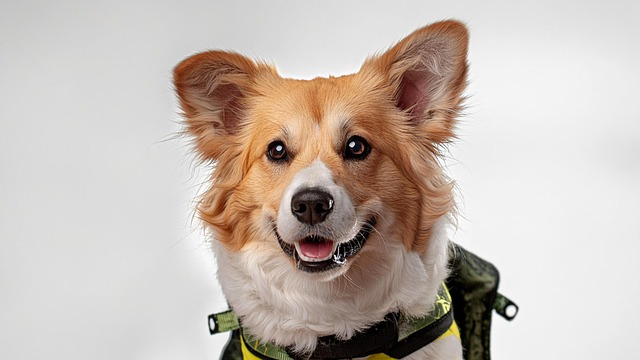
Unlock the secrets to safe, soothing puppy teething with vet-approved chews—protect your pup and your home during this challenging stage.
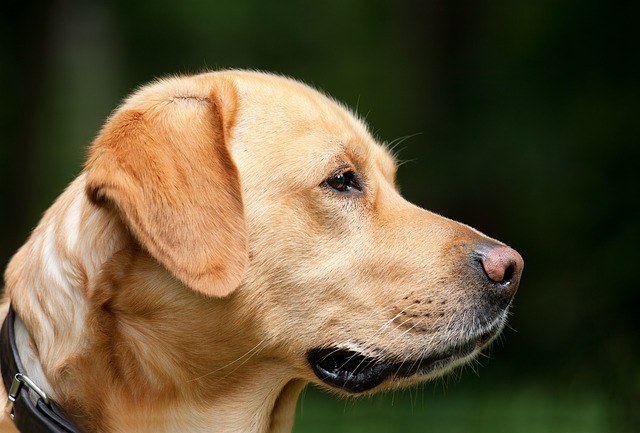
Let’s start with the honest truth: grabbing kitchen scissors to trim your dog’s overgrown fringe might seem like a quick fix, but it’s a high-stakes haircut.

You’ve just settled on the couch for a movie night when your dog’s nails start clicking across the hardwood like tiny tap dancers. Or maybe you notice them slipping on the kitchen tiles more often.
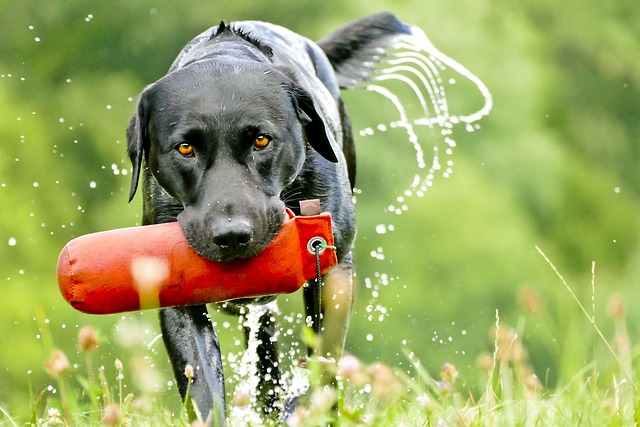
Let's be honest, that moment when you pull out the brush and your dog suddenly remembers a very important appointment behind the sofa is pretty universal.

Picture this: it’s bath time for your pup, and you’re fresh out of dog shampoo. As you reach for your own coconut-scented shower gel, you pause – could this work? Let’s be honest,